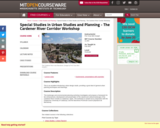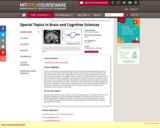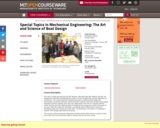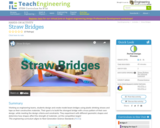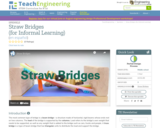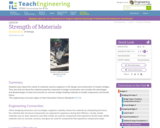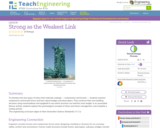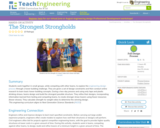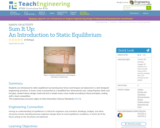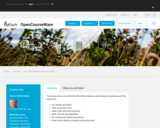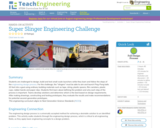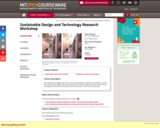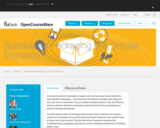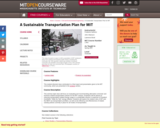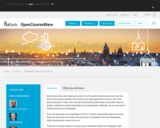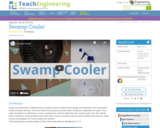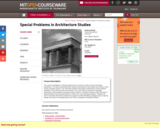
The course will investigate e-Learning systems from a business, policy, technical and legal perspective. The issues presented shall be tackled by discussion of the design and structure of the various example systems. The connection between information architectures and the physical workplace of the users will also be examined. There course will be comprised of readings, discussions, guest speakers and group design sessions. Laboratory sessions will be focused on implementation tools and opportunities to create one's own working prototypes. Students will learn to describe information architectures using the Unified Modeling Language (used to specify, design and structure web applications) and XML (to designate meaningful content).
- Subject:
- Applied Science
- Architecture and Design
- Material Type:
- Full Course
- Provider:
- M.I.T.
- Provider Set:
- M.I.T. OpenCourseWare
- Author:
- Mitchell, William John
- Date Added:
- 01/01/2000
